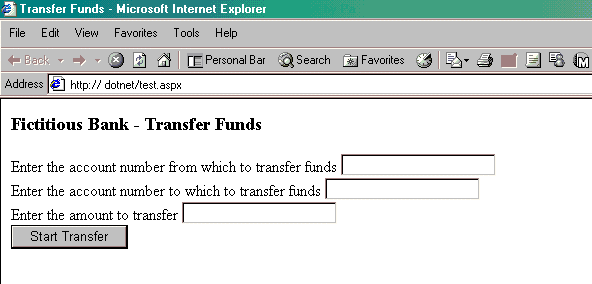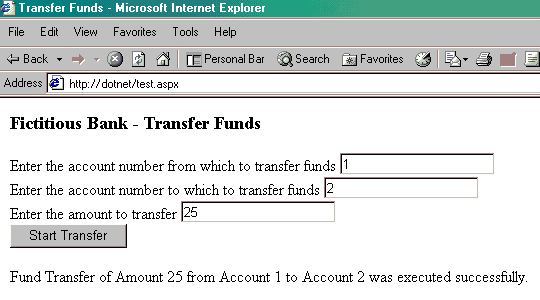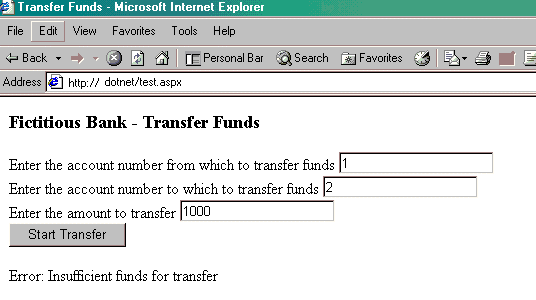Have you ever deleted a file or folder from the desktop and emptied the recycle bin only to realize, seconds later, that you deleted the wrong one? Or have you ever edited a document, saved it, and then wanted to undo those changes?
Luckily, both Windows Vista and Windows 7 include a build-in feature called Shadow Copy that can solve this exact problem without you having to do anything. As you work with the files, Shadow Copy will automatically save incremental backups of your files in the background so if you accidentally delete or change a file, you can revert to the previous version with a simple right-click.
The Shadow Copy feature is available in all editions of Windows 7 but only in the Business and Ultimate editions of Vista. However, if your computer is running Vista Home Basic or Home Premium editions, you can still enjoy the Shadow Copy feature without upgrading your OS.
The feature may also come in handy if your document gets damaged or you want to bring back the files that were deleted by a virus.



